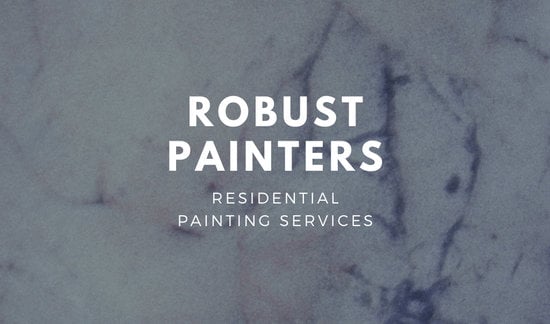Find Out How Seasonal Factors Influence Industrial Exterior Paint Success And Discover The Very Best Times To Make Certain Lasting Outcomes For Your Project
Find Out How Seasonal Factors Influence Industrial Exterior Paint Success And Discover The Very Best Times To Make Certain Lasting Outcomes For Your Project
Blog Article
Content Create By-Aguilar Celik
When you're preparing a commercial exterior painting project, seasonal elements can make or break your outcomes. You'll intend to take into consideration exactly how temperature and moisture impact paint application and drying out times. Selecting the best period can guarantee your paint sticks effectively and lasts much longer. However which periods are truly the very best for this sort of job? Let's explore the key elements that can impact your project's success.
The Effect of Temperature Level on Paint Application
When you're planning an industrial outside paint project, the temperature can substantially impact how well the paint adheres and dries out.
Ideally, you wish to paint when temperatures vary in between 50 ° F and 85 ° F. If it's as well cool, the paint may not cure properly, bring about concerns like peeling or breaking.
On the other hand, if it's also warm, the paint can dry out also quickly, avoiding proper attachment and resulting in an irregular finish.
You need to also consider the time of day; morning or late afternoon supplies cooler temperature levels, which can be extra positive.
Always check painter services near me for the details paint you're utilizing, as they typically give guidance on the perfect temperature level range for ideal results.
Moisture and Its Result on Drying Times
Temperature level isn't the only ecological element that influences your industrial outside paint project; humidity plays a substantial role also. https://professionalpaintersnearm36925.jts-blog.com/34097162/ignoring-the-advantages-of-collaborating-with-a-specialist-painting-business-can-lead-to-significant-financial-mistakes can reduce drying out times significantly, influencing the overall top quality of your paint work.
When the air is filled with wetness, the paint takes longer to treat, which can lead to problems like poor adhesion and a higher risk of mold growth. If you're repainting on a specifically damp day, be prepared for extensive delay times between layers.
It's essential to keep an eye on local climate condition and plan as necessary. Ideally, aim for moisture levels between 40% and 70% for ideal drying out.
Maintaining these consider mind guarantees your job stays on track and delivers a lasting coating.
Best Seasons for Commercial Outside Paint Projects
What's the very best time of year for your business external painting projects?
Springtime and very early fall are generally your best choices. Throughout these seasons, temperatures are mild, and moisture levels are commonly lower, producing ideal conditions for paint application and drying out.
Prevent summer season's intense heat, which can cause paint to completely dry also swiftly, leading to bad adhesion and surface. Likewise, winter's cold temperature levels can prevent proper drying and treating, risking the longevity of your paint work.
Aim for days with temperature levels between 50 ° F and 85 ° F for optimum results. Bear in mind to inspect the regional weather forecast for rainfall, as wet conditions can ruin your project.
Preparation around these aspects ensures your paint project runs efficiently and lasts longer.
Final thought
In conclusion, planning your commercial exterior painting jobs around seasonal considerations can make a significant distinction in the outcome. By scheduling job during the ideal temperature levels and moisture levels, you'll make certain far better adhesion and drying out times. Remember to keep an eye on local weather forecasts and choose the correct time of year-- springtime and early loss are your best options. Taking these steps will assist you accomplish a long lasting and professional surface that lasts.
